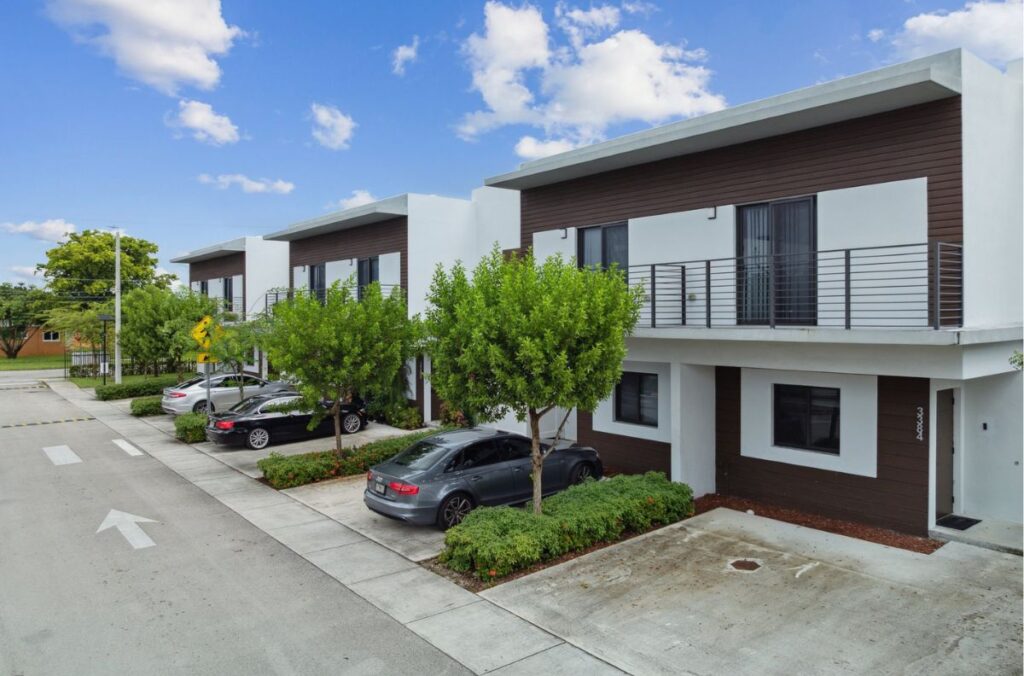Equity Pouring into 1031 DST Programs
March 15, 2016 –
The securitized 1031 exchange sector is in the midst of a revival, having surpassed $1 billion in equity raised during 2015 for the first time in six years. While investments are still nowhere near the heady days of 2006, the industry is definitely booming.
Mountain Dell Consulting, a market research and analytics firm focused on the securitized 1031 exchange marketplace, recently issued a report detailing the increased demand for securitized 1031 products.
Back in 2006, driven by the popularity of tenant-in-common/1031 exchanges and a thriving real estate market, there were 71 active sponsors that raised $3.65 billion in investor equity from 341 different programs.
In 2009, sales barely reach $229 million, and following a 5-year lull, sales started to tick back up in 2014. By 2015, the industry had raised $1.07 billion through 78 programs sponsored by 25 companies.
The DI Wire asked industry experts Keith Lampi, president and chief operating officer at Inland Private Capital Corporation, and Louis Rogers, president and chief executive officer of Capital Square 1031, what was driving the increased demand.
Both agreed that there are two significant drivers increasing demand for these products: aging baby boomers selling their rental properties, and investors who engaged in securitized 1031 offerings a decade ago that have now gone full cycle.
“Many of these property owners are part of the aging baby boomer cohort who no longer wish to have the burden of hands-on property management, which make the securitized 1031 exchange structure a great investment solution,” Lampi explains. “In addition, during the peak of the last market cycle (2005-2007), many of the securitized 1031 vehicles offered in the market place were transacted with 10-year CMBS debt which has very onerous pre-payment restrictions.”
Rogers explained further, “There is strong demand for two products in particular—highly leveraged and all cash DSTs. First, highly leveraged DSTs are sought by investors who originally exchanged into a TIC or DST many years ago and now are having their investment go ‘full cycle.’ They have to structure another Section 1031 exchange to continue to defer federal and state taxes. The second trend—all cash DSTs. All cash investors tend to be aging baby boomers – many on the West Coast – who owned rental property for decades. They paid off all of their mortgage debts and therefore have no debt replacement requirement under Section 1031, so they aim to acquire replacement property outright – without debt. They don’t want the risk of mortgages in their golden years. These are the trends over the last 12 to 18 months.”


